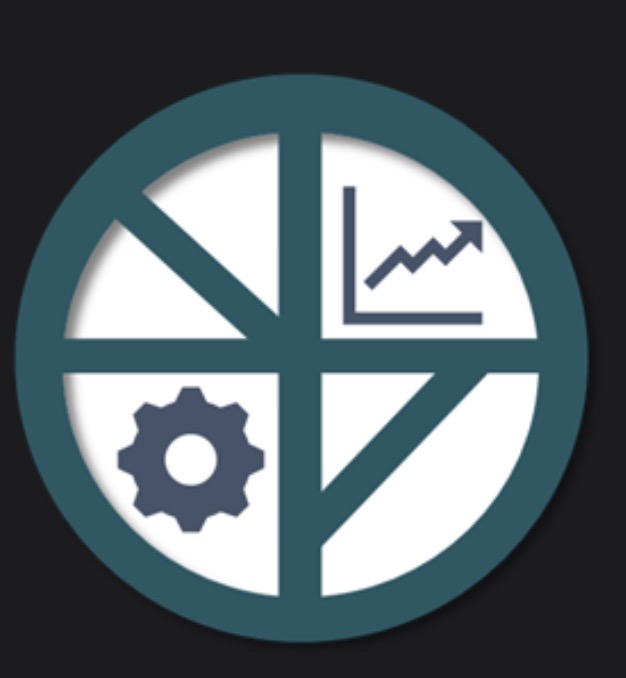Budgets debt and a chance of snow
- Isaiah Adams

- Jun 27, 2022
- 2 min read
Updated: Jul 27, 2022
Interest rate raising! Recession looming? If you're the type to believe when there's smoke there's fire then continue reading for steps on creating a budget and a few strategies for reducing the debt you currently have.
I'd be remiss if I didn't start this blog post off with the truth and the truth is the first thing you should do when considering how to improve your financial wellness is figure out how to raise your income. that's always the first step. Whether its requesting a raise at your job, getting a new job with a higher salary or just starting a side hustle. That being said, no matter what your income level, devising a plan to manage your spending is always prudent.
A budget is a plan for every dollar you have. It’s not magic, but it represents more financial freedom and a life with much less stress. The term “budget” itself can be off-putting.
According to studies “People resist it because it comes from a place of scarcity,” if you're serious about managing your finances efficiently your first step should maybe try switching to language you’re more comfortable with, such as “spending plan,” to help keep you motivated.
When initially setting up your spending plan you should go through a list of things that are absolutely essential (shelter, clothing, food etc) Allow up to 50% of your income for these needs. Leave 30% of your income for wants. Things like activities with friends and family, new gadgets etc, finally commit 20% of your income to savings and debt repayment.
One step I like to preach when setting up a spending plan is to automate your finances. Automating your bills is forced discipline. If the money isn't there you can't spend it frivolously. Placing your bills on autopay may cause anxiety initially because balances might be lower than you’re comfortable with. Over time however knowing exactly where you stand and having all your obligations met will lead to more blissful feelings of financial resolution. Start with your automating fund towards your savings and debt goals then slowly move your needs to automatic as well.
Paying off debt can be tricky. With so many things that draw funds on a monthly basis, how do you go about allocating funds to the proper places? Two debt reduction strategies Snowball and Avalanche focus on prioritizing the debt and strategically paying it off. With the debt snowball strategy you pay off the lowest interest rates payments first while paying the minimum balance on the highest interest rates balances. Once you pay off one debt you roll the payment into the next one. The debt Avalanche is similar except you start with the largest payments first paying the minimum on the smaller debts. Which strategy you choose depends on your situation and mindset. Sometimes if your largest debt also has your highest interest it might take a longer time to pay it down which can seem daunting vs taking care of your smaller debts first and being more enthusiastic about completing another payment.
I may be a financial advisor but I’m not your financial advisor. Nothing in this blog post should be considered financial advice. If you have any questions or would just like to discuss how to improve your financial wellness please feel free to contact me.


Comments